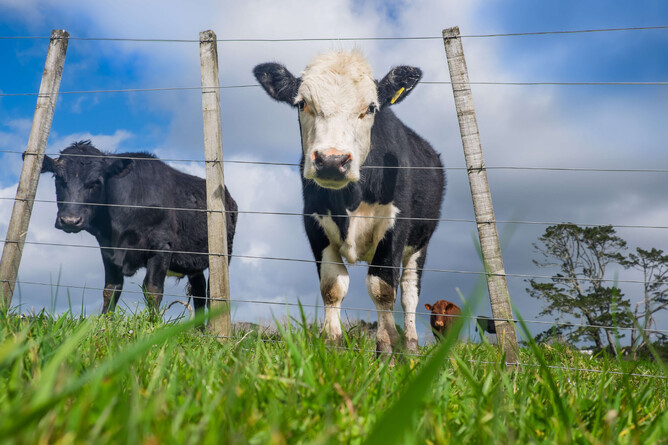Young cattle are still developing their immune system until they are 18 months old, so are the most vulnerable to worm infection as well as being the main source of pasture contamination. We often see clinical disease in spring-born young stock associated with high parasite burdens in late autumn. The aim of parasite management is to limit the larval intake and reduce pasture contamination. Reducing intake can be achieved by avoiding paddocks grazed by young stock the previous season, avoiding hard grazing and low pasture covers or using crops. Good nutrition will also help with immunity development and continued growth. Reducing pasture contamination is also key. Larval numbers peak in autumn as calves tend to have a high egg output in late summer/early autumn. Minimising larvae on pasture can be achieved by regular drenching using an efficacious product up until late autumn/winter, as this will reduce egg output. Pasture can be “cleaned up” by leaving it un-grazed for an extended period (spelling) or cross-grazing with sheep or older animals. Set stocking calves post-weaning is a useful strategy as it dilutes out larvae around the whole farm. Combination drenches containing levamisole and a mectin are good choices. These will kill a wide range of parasites (including Cooperia) and prevent larval inhibition in the gut lining. Avoid under-dosing by ensuring you drench to weight accurately, but be aware of toxicity risks. We are more than happy to assist if need help with forming a parasite management program or deciding which product is best.

